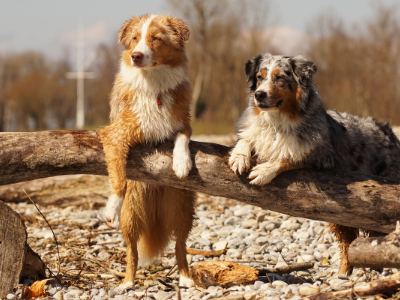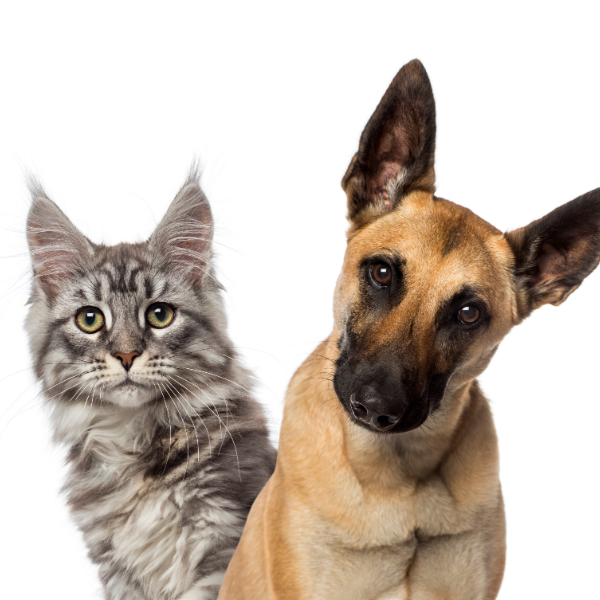There are a number of causes of pancreatitis which Peter discusses on his site. But prevention is always better than treatment - the following are the methods of prevention that Peter recommends.
- Natural raw or cooked non-processed food: appears to be the best for preventing pancreatitis. If you do feed processed food, you’re naturally increasing the likelihood of this disease and also the stomach bloat. In case of pancreatitis, I also recommend feeding NO beef, buffalo, lamb, duck, and generally rich and more fatty meals. Beef, bison, and buffalo especially have a higher tendency to cause inflammation in the body. I generally recommend feeding less of these meats even in healthy dogs.
- Supplement your dog’s diet with essential supplements and remember that most supplements are made the same way. Over the years I have learned that synthetically made supplements are never as good as the natural alternatives made of whole food and herbs.
- Make sure that your dog is regularly checked by an experienced animal chiropractor, physiotherapist, or practitioner that uses IMS–intramuscular needle stimulation. I also recommend regular massage for any dog because it does promote the energy flow to the vital organs.
- Your dog needs to be happy and get out for frequent walks. And I mean real walks, not standing in the park and throwing a ball, which in fact can be also damaging and can cause back problems.
If you would like to learn more about pancreatitis, please read Dr. Peter Dobais' full article. If you would like to get your dog started on a raw diet, please visit one of our local retailers.



